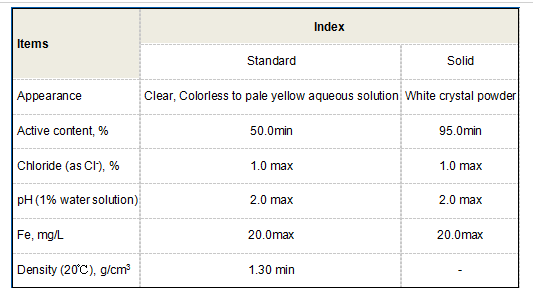Effectiveness of Flocculant Chemicals in Water Treatment Processes
Flocculant Chemicals for Water Treatment Essential Agents for Clean Water
Water is a critical resource for human survival, industry, and the environment. However, the quality of water available for consumption and use often falls short of necessary standards due to contaminants, pollutants, and impurities. To address these issues, various water treatment processes are employed, and among these, the role of flocculant chemicals is crucial. This article explores the importance of flocculant chemicals in water treatment, their types, functions, and the impact they have on ensuring clean and safe water.
Understanding Flocculants
Flocculants are chemical agents that promote the agglomeration of particles in suspension, a process known as flocculation. When added to water, these chemicals facilitate the clumping together of small particles—such as silt, clay, organic matter, and microorganisms—forming larger aggregates known as flocs. These flocs can then be easily removed from the water through sedimentation or filtration, making the water clearer and reducing the concentration of harmful substances.
Types of Flocculants
Flocculants can be broadly categorized into two types inorganic and organic flocculants.
1. Inorganic Flocculants These include compounds like aluminum sulfate (alum) and ferric chloride. Inorganic flocculants are highly effective in destabilizing colloidal particles in water due to their charge neutralization properties. They are commonly used in municipal water treatment plants to purify drinking water and in wastewater treatment facilities to remove suspended solids.
2. Organic Flocculants Organic flocculants are typically synthetic polymers, including polyacrylamides and natural substances like chitosan. Organic flocculants function through a combination of charge neutralization and bridging mechanisms. They tend to be more flexible and can be engineered to achieve specific results, making them ideal for a variety of applications, including industrial wastewater treatment and the treatment of high turbidity waters.
flocculant chemicals for water treatment

The Flocculation Process
The flocculation process consists of several key stages dosing, mixing, floc formation, and separation. When flocculants are introduced into the water, they need to be evenly distributed, which is achieved through rapid mixing. Upon mixing, flocculants begin to interact with the particles in suspension, leading to the formation of larger flocs through a process known as agglomeration.
Once sufficient flocs have formed, the water undergoes a gentle mixing phase, allowing the flocs to grow without breaking apart. Finally, the water is allowed to settle, where the heavier flocs sink to the bottom, enabling clear water to be separated from the settled sludge. This process not only clarifies the water but also improves its quality by reducing pathogens and harmful pollutants.
Environmental and Health Impacts
The use of flocculant chemicals in water treatment has significant benefits for both human health and the environment. By effectively removing contaminants, flocculants help ensure that drinking water meets safety standards, reducing the risk of waterborne diseases. Moreover, treating wastewater with flocculants minimizes the environmental impact of pollutants released back into ecosystems, promoting healthier habitats for aquatic life.
However, it is important to note that the selection and application of flocculants must be carefully managed. Overuse or incorrect dosing can lead to chemical residues in treated water, which may pose health risks. Therefore, continuous monitoring and adherence to regulatory standards are essential to ensure that flocculant chemicals are used safely and effectively in water treatment processes.
Conclusion
Flocculant chemicals play a pivotal role in water treatment, contributing to the purification of drinking water and the effective treatment of wastewater. Their ability to facilitate the removal of contaminants not only protects public health but also safeguards our environment. As water scarcity and pollution challenges continue to rise, investing in advanced water treatment technologies, including innovative flocculant solutions, is imperative. By ensuring the availability of clean and safe water, we can support sustainable development and enhance the quality of life for communities worldwide.
-
Water Treatment with Flocculant Water TreatmentNewsJun.12,2025
-
Polymaleic AnhydrideNewsJun.12,2025
-
Polyaspartic AcidNewsJun.12,2025
-
Enhance Industrial Processes with IsothiazolinonesNewsJun.12,2025
-
Enhance Industrial Processes with PBTCA SolutionsNewsJun.12,2025
-
Dodecyldimethylbenzylammonium Chloride SolutionsNewsJun.12,2025





